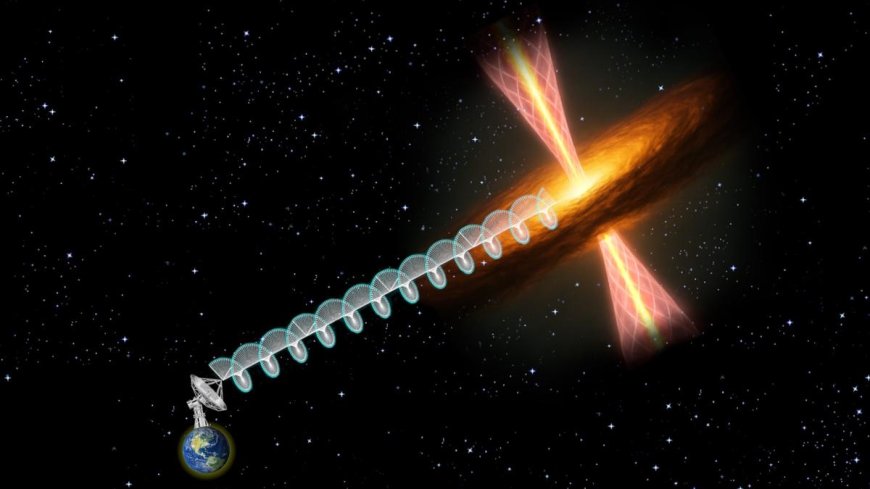IIST Team Discovers Circular Polarisation Radio Emission Near Massive Young Protostar
An international team led by astronomers from the Indian Institute of Space Science and Technology (IIST) has found radio emission with circular polarisation near a massive young protostar in the Milky Way galaxy. This discovery sheds light on the formation of massive stars and provides insights into the strength of magnetic fields in the vicinity of protostars.

An international team led by astronomers from the Indian Institute of Space Science and Technology (IIST) has discovered radio emission with circular polarisation near a massive young protostar located about 4,500 light years from Earth. The protostar, known as IRAS 18162-2048, is still in the process of forming in the Milky Way galaxy, providing valuable insights into the formation of massive stars.
Circular polarisation, a special property of radio waves, indicates the strength of magnetic fields in the vicinity of the protostar. This discovery, detailed in The Astrophysical Journal Letters, sheds light on the early stages of star formation when protostars like IRAS 18162-2048 can eject high-velocity material in the form of bipolar jets.
IRAS 18162-2048 is associated with the HH80-81 jet, one of the largest and brightest protostellar jets in the Milky Way. The magnetic field and rotation of the protostellar system are believed to be responsible for the ejection of this jet, with the recent findings providing direct evidence of the magnetic field's influence on massive protostars.
Measuring magnetic fields around massive protostars has been challenging, but the team's observations using the National Radio Astronomy Observatory's Karl G. Jansky Very Large Array in the U.S. have revealed that the magnetic field near IRAS 18162-2048 is approximately 100 times stronger than Earth's magnetic field.
This groundbreaking discovery supports the theory that powerful jets from stars and black holes are driven by magnetic forces, offering new insights into the mechanisms behind these phenomena.
According to the source: The Hindu.
What's Your Reaction?
 Like
0
Like
0
 Dislike
0
Dislike
0
 Love
0
Love
0
 Funny
0
Funny
0
 Angry
0
Angry
0
 Sad
0
Sad
0
 Wow
0
Wow
0





















































































































































































